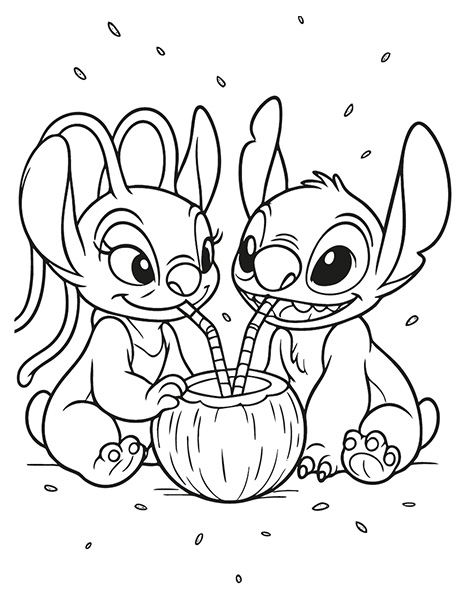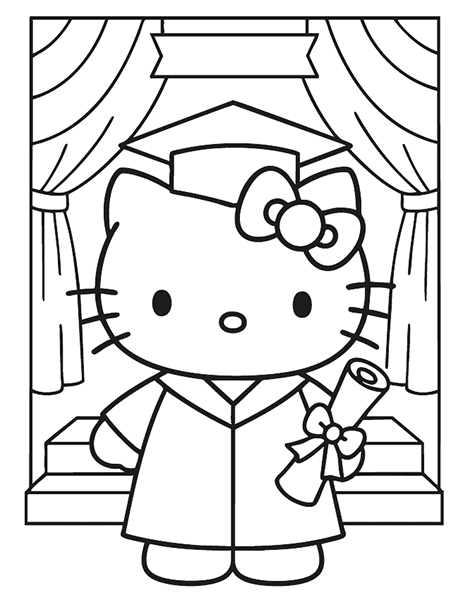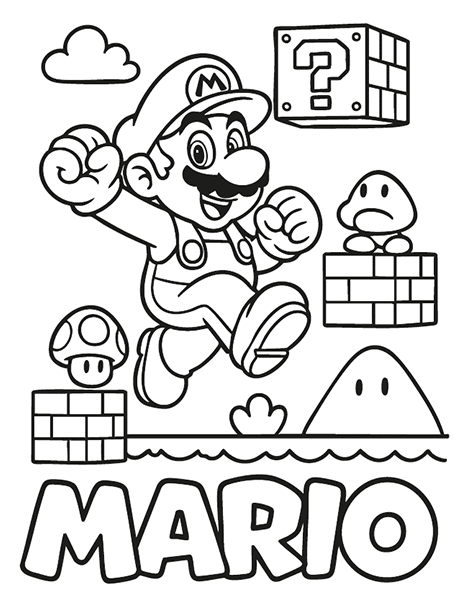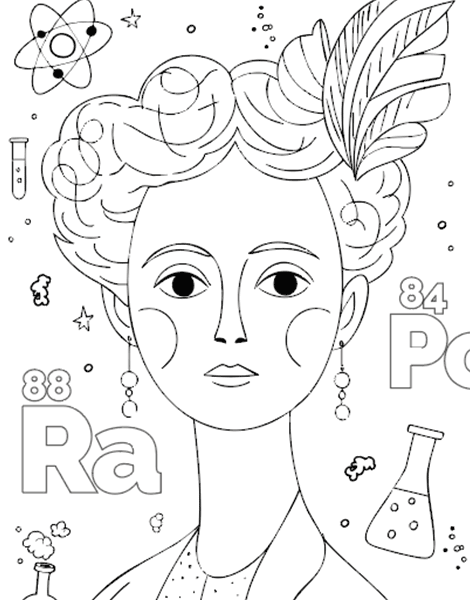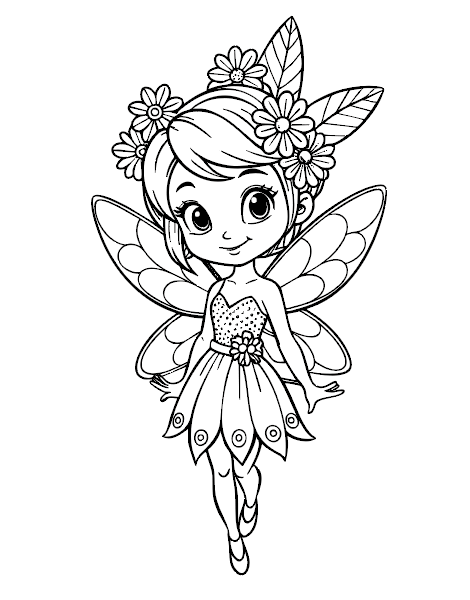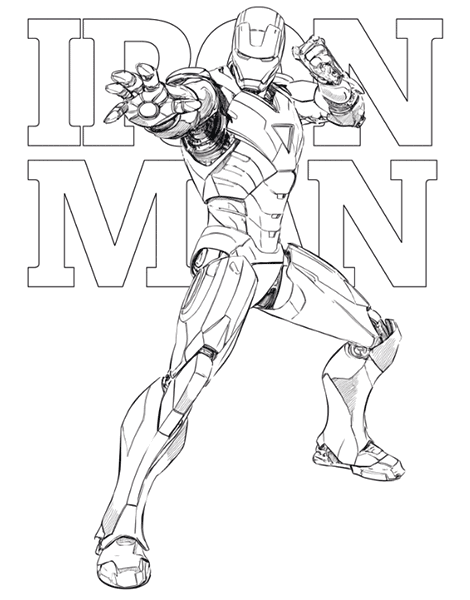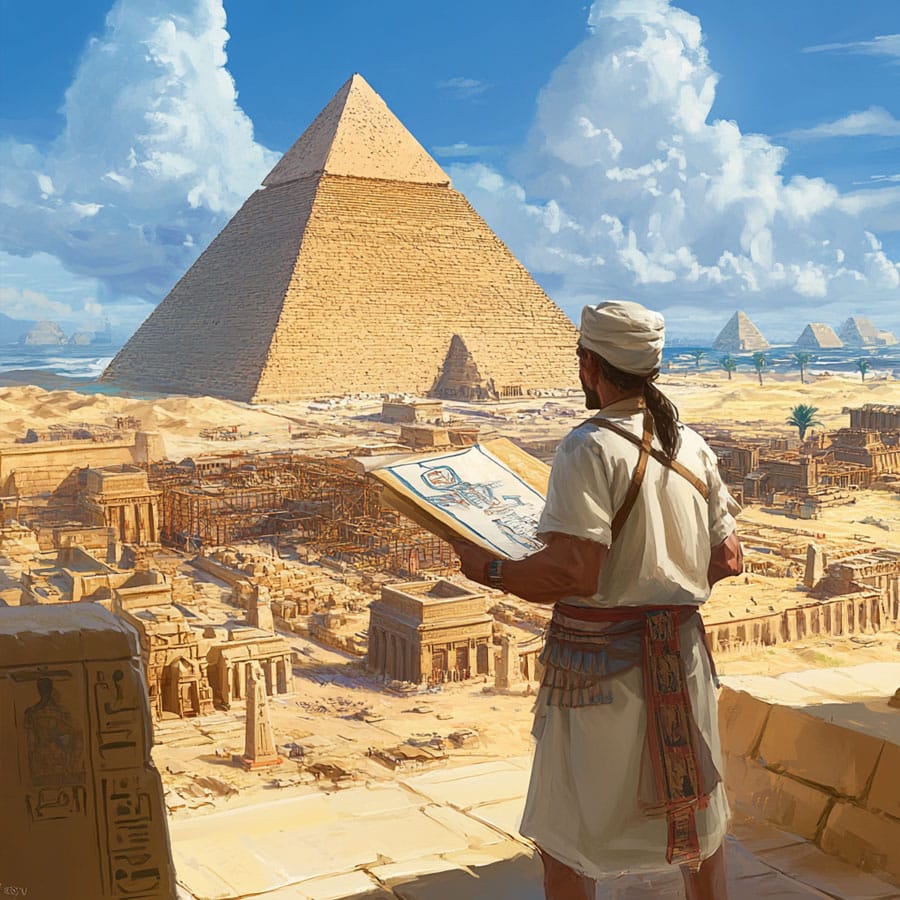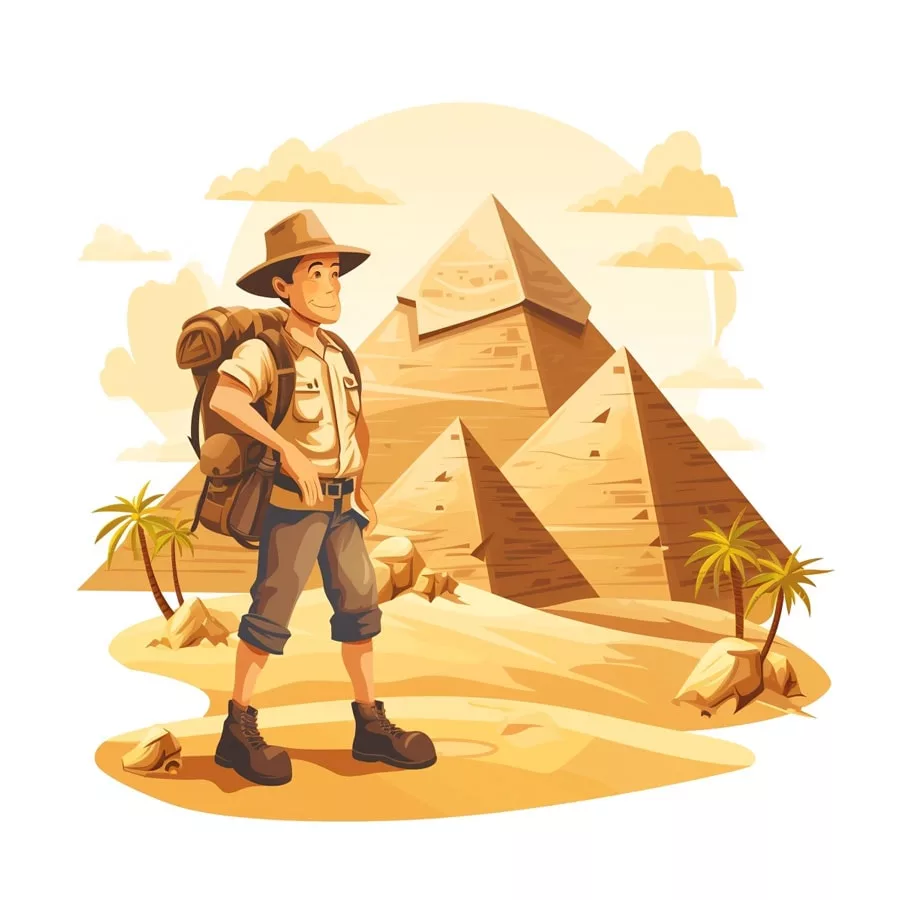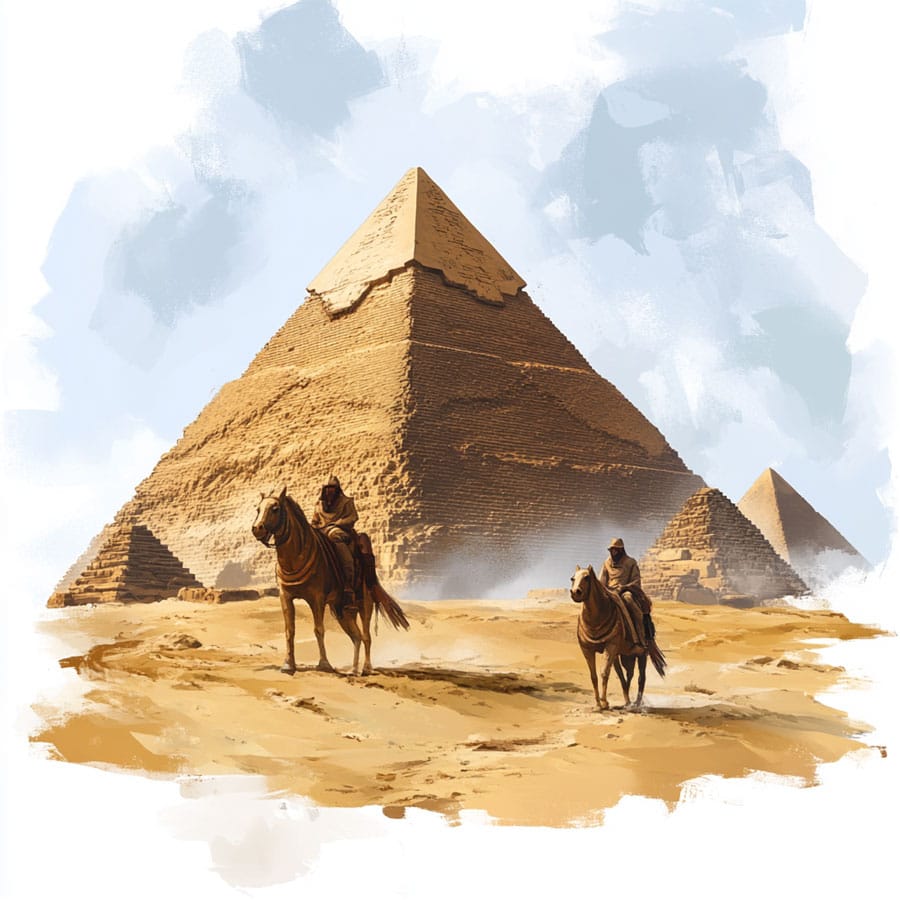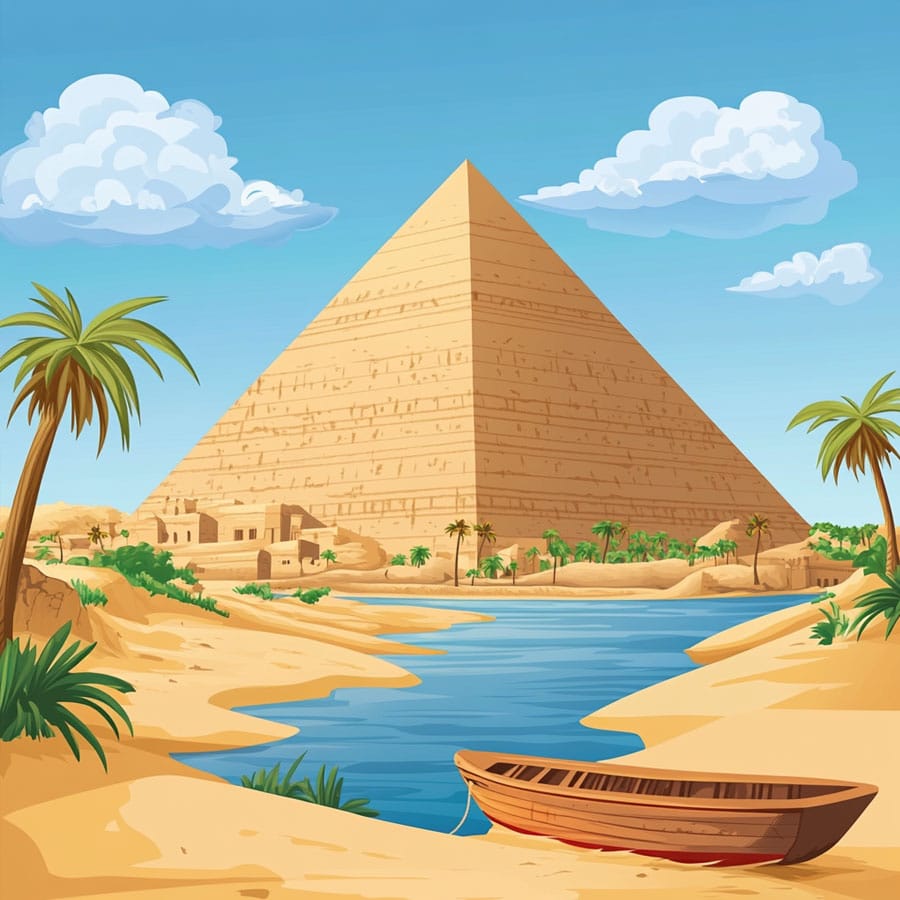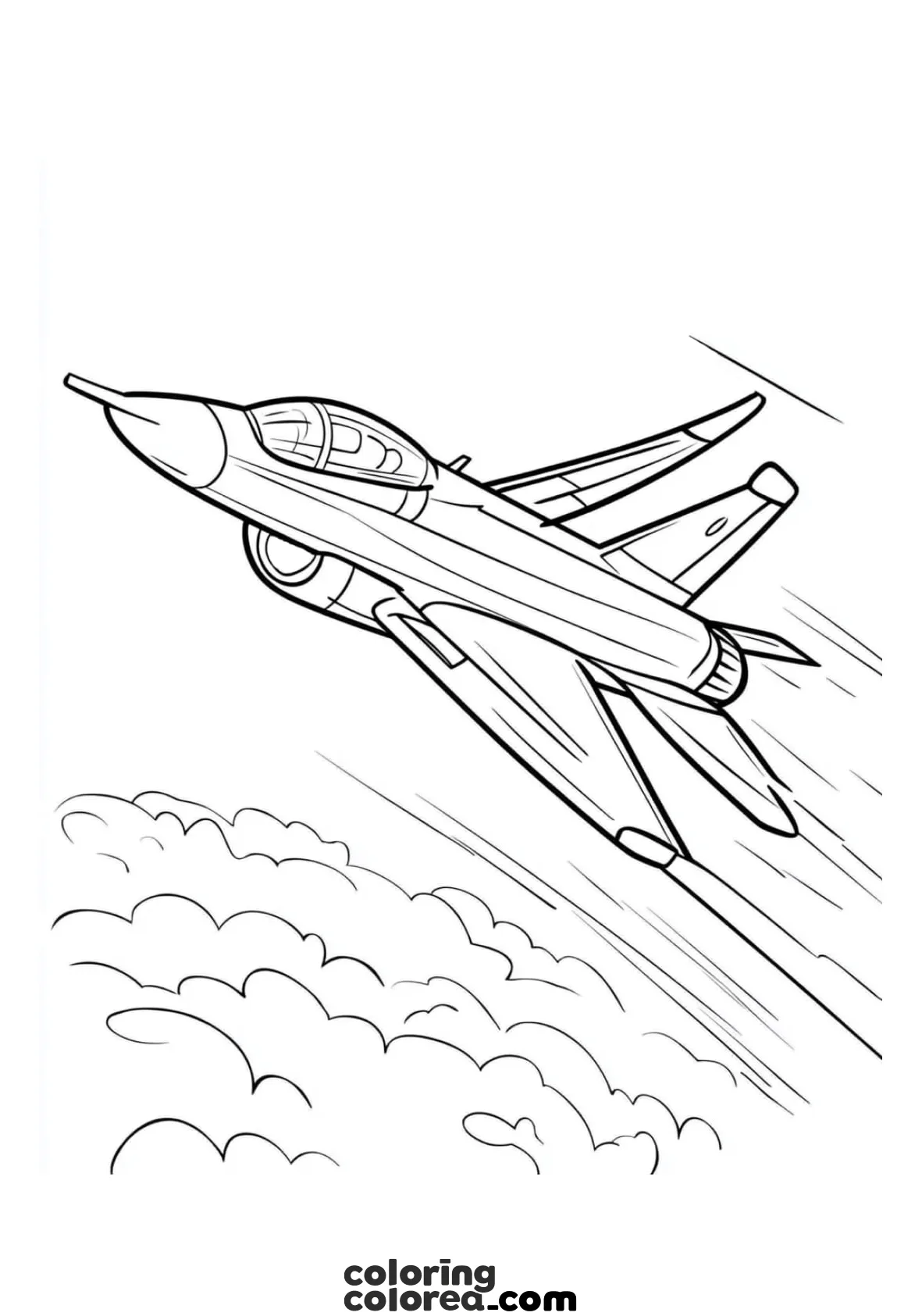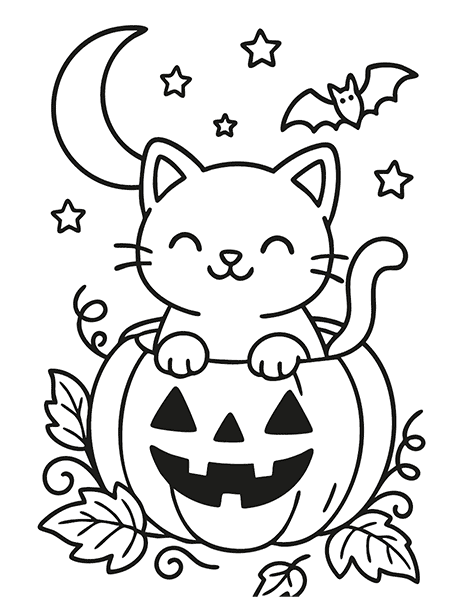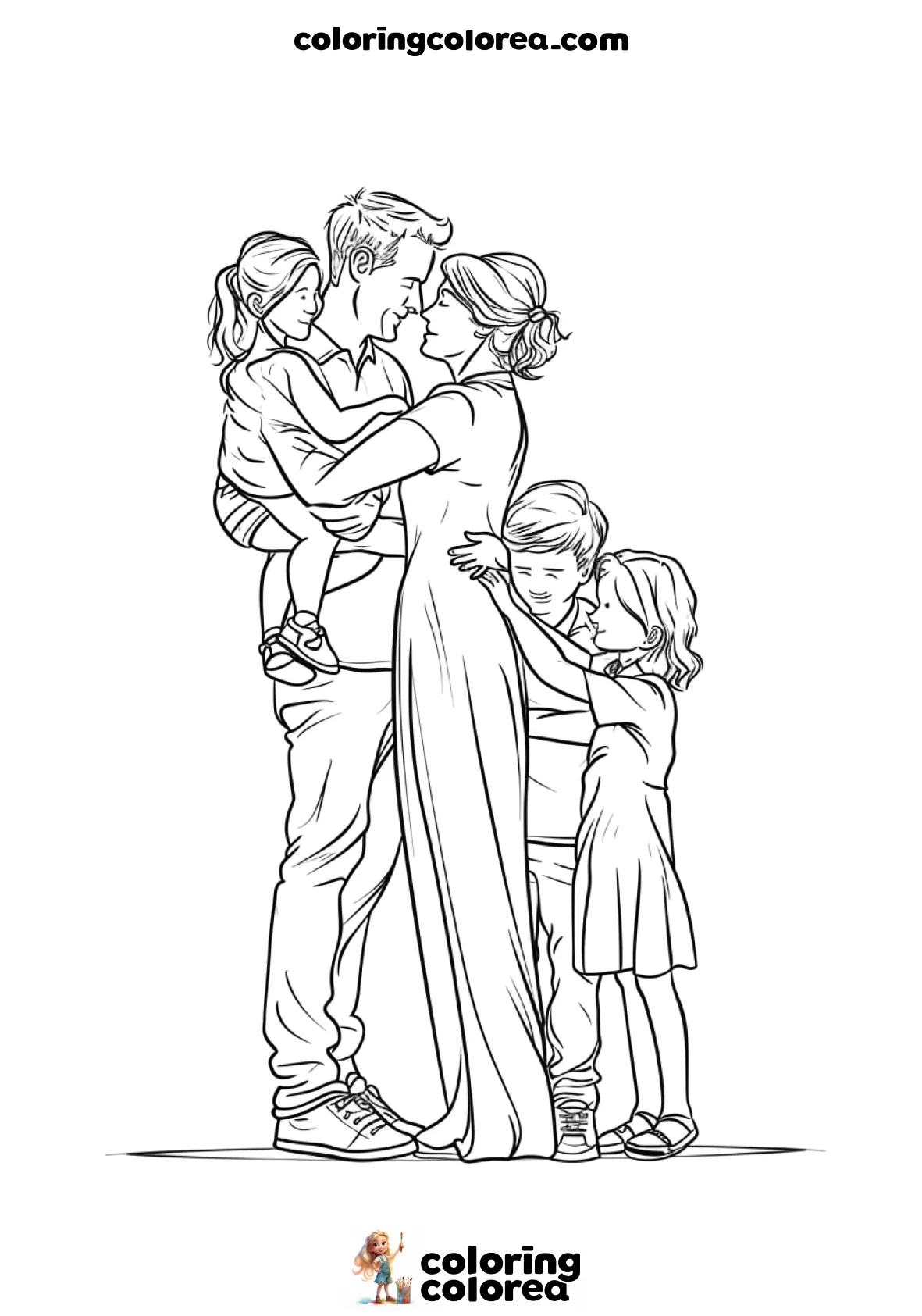In ancient Egypt, the pharaoh was much more than just a king. He was seen as a god on Earth, the bridge between the heavens and the people. Every piece of his clothing and jewelry carried deep meaning. The staff symbolized power, the headdress represented the order of the universe, and the colors were never chosen at random. Blue evoked the Nile and the gods, gold stood for the eternal and divine sun, and red symbolised strength, energy, and protection.
Coloring this picture of an Egyptian pharaoh is like reconstructing something that existed thousands of years ago, filled with symbolism. It’s about observing, thinking, and making decisions—just like the artists who decorated tombs, temples, or sarcophagi. They knew that every line and every color told an important story. Here, detail matters, but so does intention.


